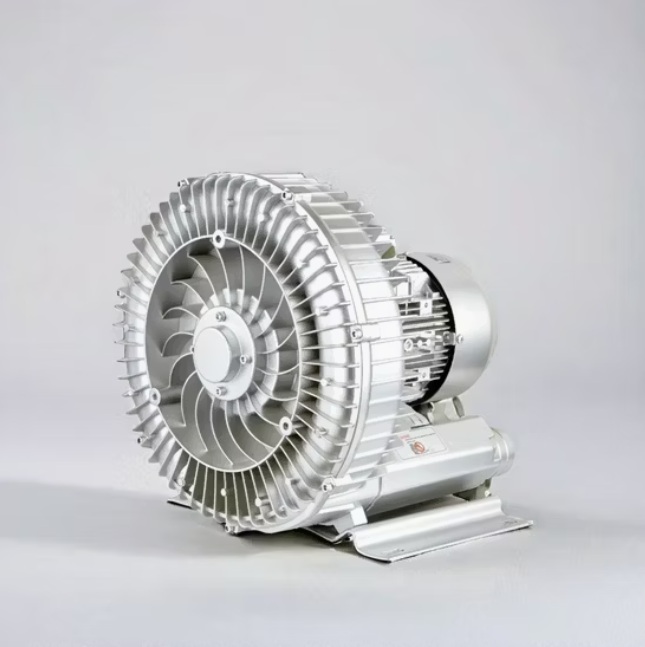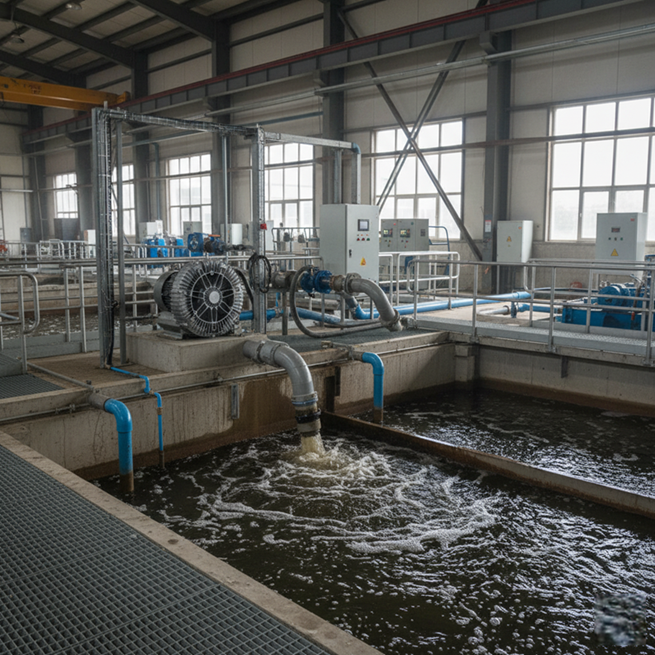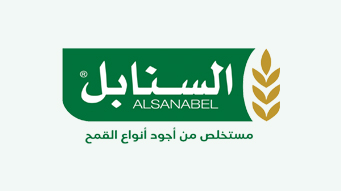
The Role of Aeration Systems in Wastewater Treatment Plants
Aeration systems play a pivotal role in wastewater treatment at water treatment plants, facilitating the aerobic decomposition of pollutants by introducing air into the water. These systems are vital for improving water quality, supporting essential biological processes, and maintaining ecological balance by increasing dissolved oxygen (DO) levels, which are crucial for aquatic life.
The effectiveness of aeration systems in removing pollutants, such as nitrogen compounds and heavy metals, underscores their importance in modern wastewater management and environmental protection. Various types of aeration systems are available, including surface aerators, subsurface aerators, jet aerators, and diffused bubble aerators, each with its own unique mechanisms, advantages, and operational challenges.
While surface aerators are cost-effective in shallow ponds, they face limitations in deep water and cold climates. Subsurface aerators, preferred for their efficiency in activated sludge systems, often require more complex maintenance due to their higher initial costs. Jet aerators provide mixing and oxygenation but consume significant energy, while diffused bubble aerators facilitate gas exchange but are prone to clogging.
Types of Aeration Systems
Aeration systems are essential components of wastewater treatment plants, facilitating the aerobic biodegradation of pollutants by introducing air into the wastewater. Various types of aeration systems are used, each with its own unique mechanisms, advantages, and limitations.
Surface Aerators
Surface aerators are widely used in pond and lake systems, creating water circulation and enhancing oxygen transport through the mechanical agitation of the liquid surface. These systems are easy to transport and cost-effective, with high efficiency rates in shallow reservoirs. However, oxygen transport efficiency decreases in deep water bodies due to limited diffusion capabilities. Additionally, surface aerators face challenges in cold climates, which can affect their performance.
Subsurface Aerators
Subsurface aerators operate below the water surface, releasing small air bubbles from the bottom of the reservoir. This method ensures efficient oxygen transfer as bubbles rise through the water, allowing microorganisms to break down organic matter efficiently. While subsurface aerators are preferred for activated sludge systems due to their high efficiency, they come with higher initial costs and complex maintenance requirements.
Blower Aerators
Blower aerators use a jet of air mixed with wastewater to enhance oxygen transfer. This type of aerator effectively delivers oxygen while promoting mixing, thus contributing to the treatment process. These aerators are particularly useful in systems requiring intensive aeration, but they may also require higher energy consumption depending on their design.
Diffused Bubble Aerators
Diffused bubble aerators consist of a diffuser that produces numerous tiny bubbles, facilitating excellent air-water contact to remove unwanted gases from wastewater. These systems can be used in conjunction with other aeration methods to improve efficiency, especially in deep tanks. However, their initial costs are higher, and they may be prone to clogging due to dirt accumulation in their multiple chambers.
The Role of Aeration in Water Treatment
Aeration plays a crucial role in water treatment plants by improving water quality and supporting the biological processes essential for effective wastewater management.
Removal of Pollutants
Aeration helps remove various pollutants present in wastewater, including nitrogen compounds, heavy metals, and dissolved gases such as carbon dioxide and methane. By introducing air into the water, aeration promotes the oxidation of iron and manganese, which are typically found as soluble iron and manganese bicarbonates in well water.
The oxidation products, ferric hydroxide and manganese dioxide, become insoluble and can be removed through subsequent purification or filtration processes.
Increasing Dissolved Oxygen Levels
Increasing the dissolved oxygen (DO) content in water is one of the primary functions of aeration. Dissolved oxygen is essential for the survival of aquatic organisms, including fish, plants, and beneficial bacteria. Adequate oxygen levels promote a balanced and thriving ecosystem, facilitating the biodegradation of pollutants and preventing the development of anaerobic conditions.
Supporting Biological Processes
In the context of wastewater treatment, aeration is essential for enhancing microbial activity. Adequate dissolved oxygen levels ensure the growth of microorganisms responsible for decomposing organic matter. This microbial activity is crucial for nitrification, the process by which ammonia is converted to nitrate. Which can then be denitrified. Effective management of these biological processes is fundamental to maintaining water quality and preventing putrefactive conditions that can impede treatment processes.
Facilitating Gas Exchange
Aeration facilitates gas exchange between water and the atmosphere, promoting the removal of harmful gases from the water. This process is particularly important in stagnant or oxygen-poor water. Where gases such as carbon dioxide and methane can accumulate, negatively impacting water quality and aquatic life.
Operational Aeration Methods
Various aeration methods are employed, the most common being cascade aerators and diffused aeration systems. These methods ensure efficient mixing of water and air, allowing for optimal oxygen transfer and pollutant removal.
The design and operation of these systems are crucial for achieving high levels of oxygen delivery efficiency. That can be affected by factors such as tank geometry and the type of diffusers used.
Read also: Coagulant Dosing Units Operating Units, which are at the heart of the water treatment process
Design Considerations
Designing an efficient aeration system for water treatment plants involves multiple considerations to ensure optimal oxygen transfer and system efficiency. The following subsections outline the key aspects to consider during the design process.
Oxygen Transfer Efficiency (OTE)
Oxygen transfer efficiency (OTE) is a fundamental criterion that affects the performance of aeration systems. This efficiency can be influenced by factors such as airflow rate and the physical characteristics of the diffusers. For example, the relationship between the field oxygen transfer rate and operating conditions is crucial. Equations indicate that different operating conditions require varying airflow rates to maintain a consistent OTE across the diffusers.
It is worth noting that increasing the dissolved oxygen (DO) concentration can lead to increased airflow requirements. Studies show that operating at a 4 mg/L DO concentration requires approximately 37% more air than at a 2 mg/L concentration.
Aeration Control Strategies
Automated aeration control systems are essential for dynamically adjusting aeration rates based on real-time oxygen requirements. These systems can enhance the reliability and efficiency of wastewater treatment processes by maintaining the required residual dissolved oxygen concentrations. Effective communication between designers, control specialists, and operational staff is crucial for integrating control considerations into aeration system designs. Implementing control strategies can reduce operating costs and improve compliance with discharge requirements.
Component Sizing and Selection
Sizing components for micropore aeration systems must consider various assumptions and calculations based on specific operational contexts. Factors such as wastewater characteristics, organic load, and nutrient control requirements play a significant role in determining the size and configuration of aeration basins and diffusers. Designers must also consider diffuser performance, maintenance requirements, and compatibility with existing infrastructure during the selection process.
Flexibility and Future Growth
Aeration system designs must incorporate flexibility to accommodate changes in oxygen demand over time, including potential growth in loading conditions. Designers may consider phased construction approaches to address these changes, allowing for the gradual expansion of the system based on actual demand patterns.
This foresight can ensure the system remains efficient and effective over the long term. Adapting to the evolving needs of the wastewater treatment plant. Regular monitoring and maintenance are crucial for maintaining aeration performance. Parameters such as energy costs, which depend on the blower motor power required to adequately distribute air, should be evaluated over time. Furthermore, the efficiency of aeration systems can be significantly affected by diffuser contamination, highlighting the importance of preventative maintenance practices.

























